Students participated in an International Scientific Convention
Students participated in an International Scientific Convention
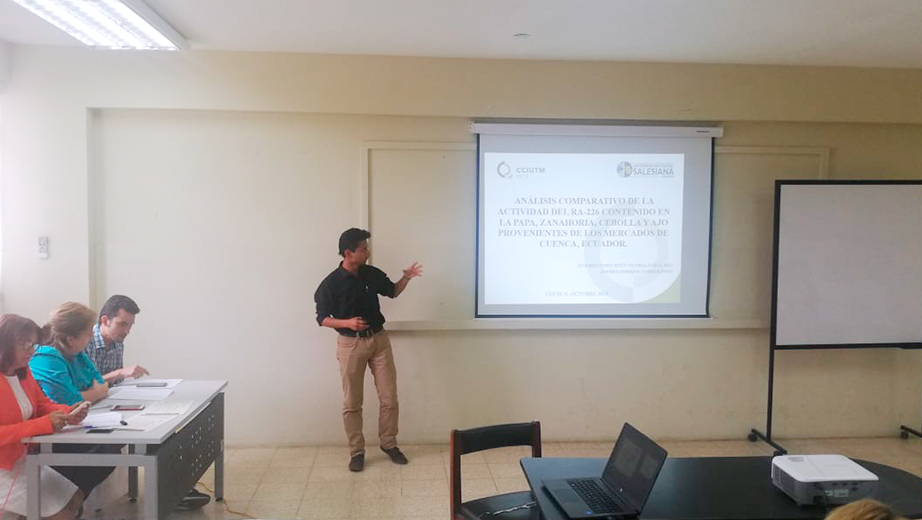
The university's environmental engineering undergraduate program in our branch campus in Cuenca took part in the 3rd International Scientific Convention held alongside the 2nd International Congress on Basic Sciences. Students Andrés Correa, Cristian Tapia and Christian Saquicela presented their research. The event was organized by Universidad Tecnica de Manabi.
The meeting fostered the exchange of professional scientific experiences and knowledge in the field of Higher Education management to face the challenges of knowledge society in the contemporary university.
UPS students and teachers from Cuenca said their participation in the international event was a very good experience because it also allowed them to learn about new advances in science.
The students presented: Análisis comparativo de la actividad del ra-226 contenido en la papa, zanahoria, cebolla y ajo provenientes de los mercados de Cuenca, Ecuador. The aim was to determine the Radio-226 concentration in vegetables with the highest consumption in the city of Cuenca, as well as the determination of the variation of its concentration inside the potato and carrot. As a result, in the potato the concentration of Radio-226 decreases from the outside in, while in carrots, it is the opposite. By Andrés Correa.
Radiological map of the dosimetric radon of four districts in the city of Cuenca, Ecuador and its correlation with the levels of uranium, thorium, potassium and the radon exhalation from the soil. This work is the continuation of previous work that has taken 3 years. The aim is to determine the risk of acquiring lung cancer due to the inhalation of Radon-222 that is found inside the homes of the districts in Cuenca. The aim was to determine the main source of this carcinogenic element; the result was that it is the soil on which the houses are located. By Cristian Tapia.
Cálculo del coeficiente de transferencia del ra-226, suelo-pasto-leche de vaca: dos granjas bovinas, parroquia de Turi y Tarqui de la ciudad de Cuenca. This study was carried out on two cattle ranches in Tarqui and Turi, with the objective of determining the transfer coefficient of Radio-226, from the soil to pasture and from pasture to cow's milk. Finding that the highest percentage of Radio-226 contained in the milk, coming from these farms, does not come from the soil. Therefore, it depends on future work to determine the main source of Ra-226 in milk consumed by people from Cuenca. By Christian Saquicela

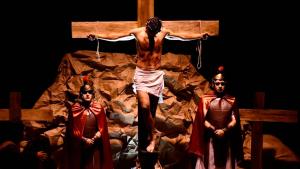
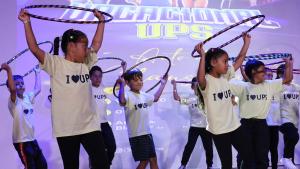
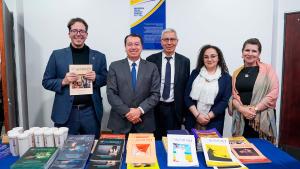
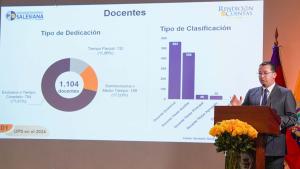
Follow us
Follow us